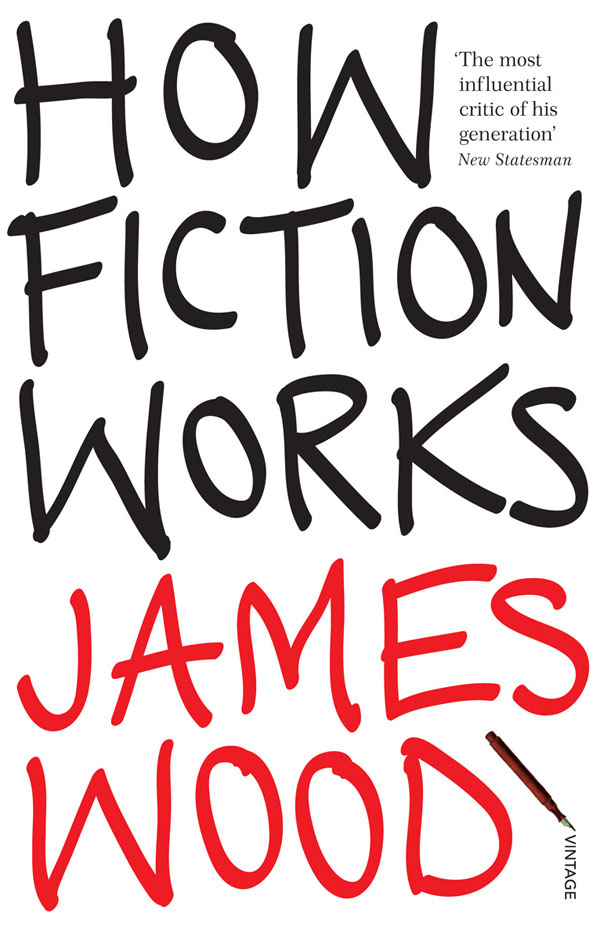

Wood has thought keenly and profitably about such matters. Without losing sight of its promise to address the common reader rather than the specialist, How Fiction Works is much more sophisticated than Forsters book. Forsters Aspects of the Novel as an accessible guide to the mechanics of fiction. The Oregonian This admirable book is, among other things, a successful attempt to replace E.

The Miami Herald Woods arranging of source material to prove his points is as fluid and lovely as any great composers arrangement of musical notes, and, if nothing else, How Fiction Works will inspire you to simply read more. Review Quotes A San Francisco Chronicle Top 50 Best Nonfiction Book of the Year Named a Best Book of the Year by The Economist, The Kansas City Star, Library Journal An articulate reminder of the framework that is essential to constructing a lasting work of the imagination. Playful and profound, How Fiction Works will be enlightening to writers, readers, and anyone else interested in what happens on the page. Here one of the most prominent and stylish critics of our time looks into the machinery of storytelling to ask some fundamental questions: What do we mean when we say we know a fictional character? What constitutes a telling detail? When is a metaphor successful? Is Realism realistic? Why do some literary conventions be dated while others stay fresh? James Wood ranges widely, from Homer to Make Way for Ducklings, from the Bible to John le Carr, and his book is both a study of the techniques of fiction-making and an alternative history of the novel. Book Synopsis 10th anniversary revised edition with new Introduction James Woods How Fiction Works is a scintillating study of the magic of fiction-an analysis of its main elements and a celebration of its lasting power.


 0 kommentar(er)
0 kommentar(er)
